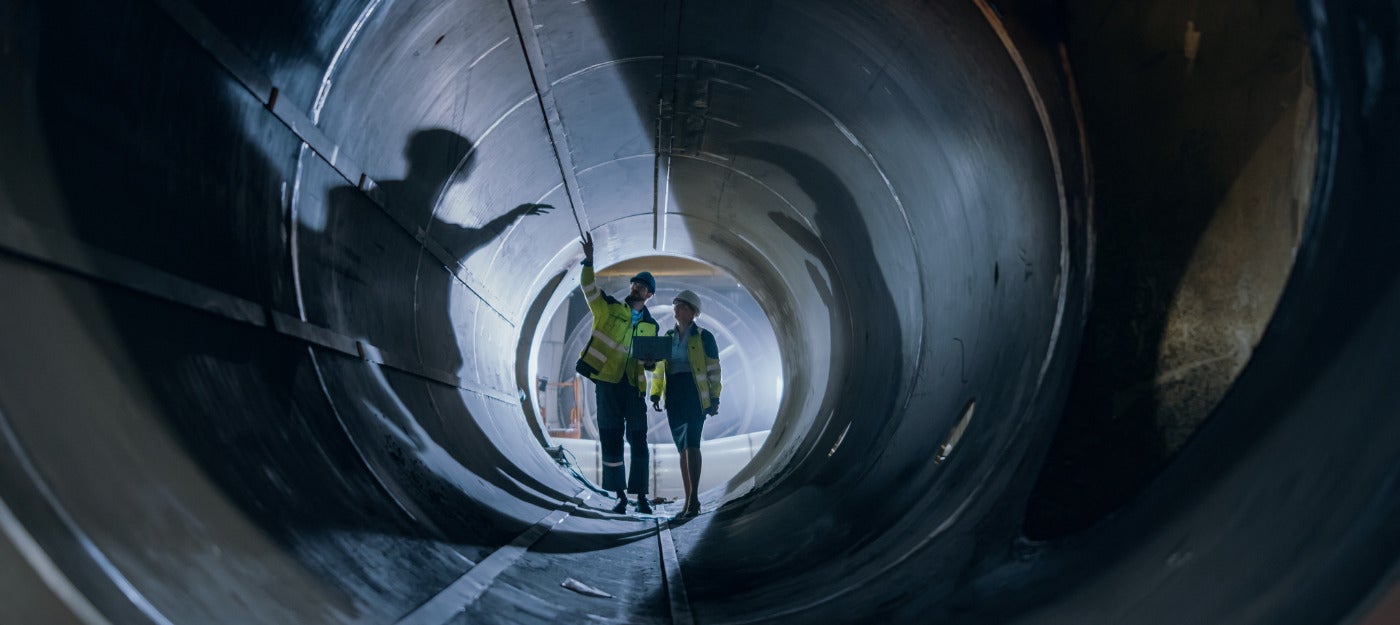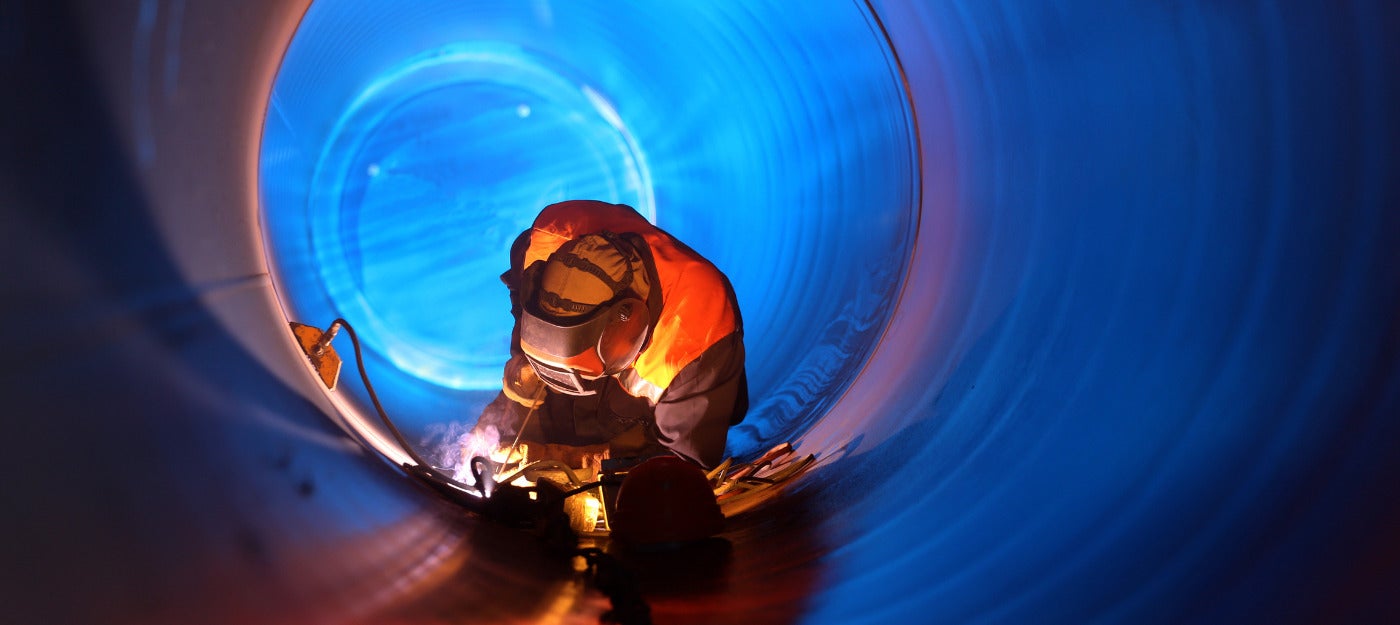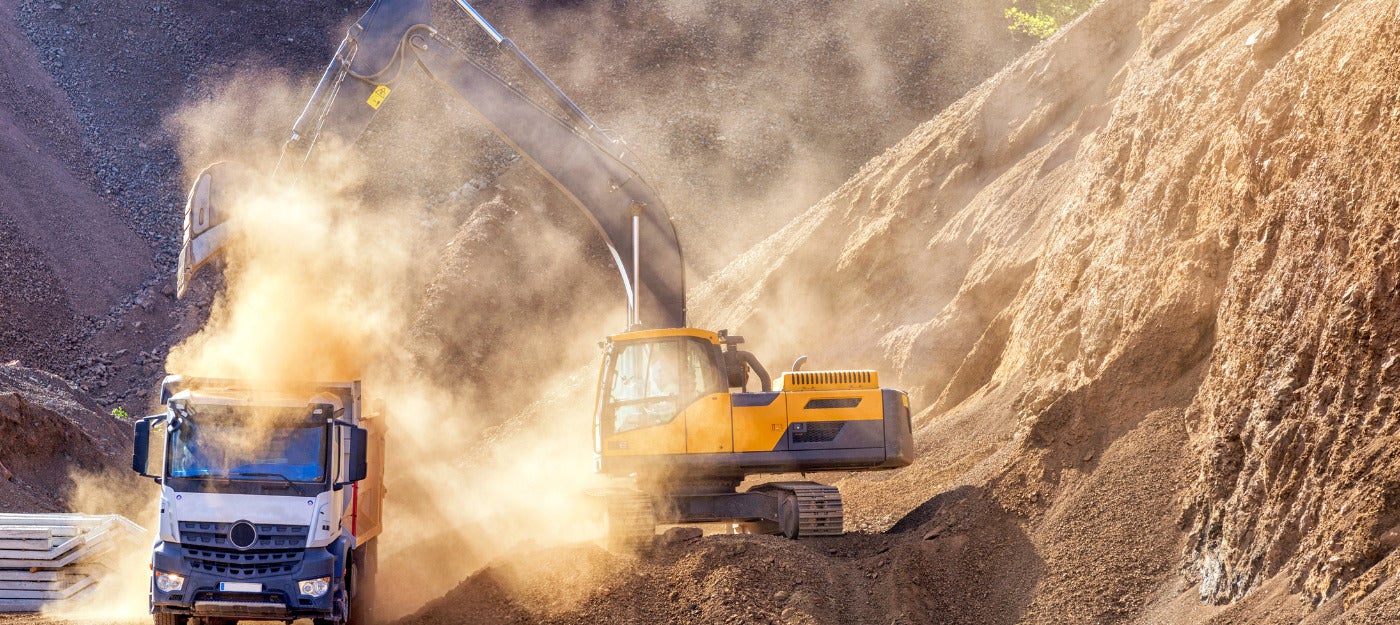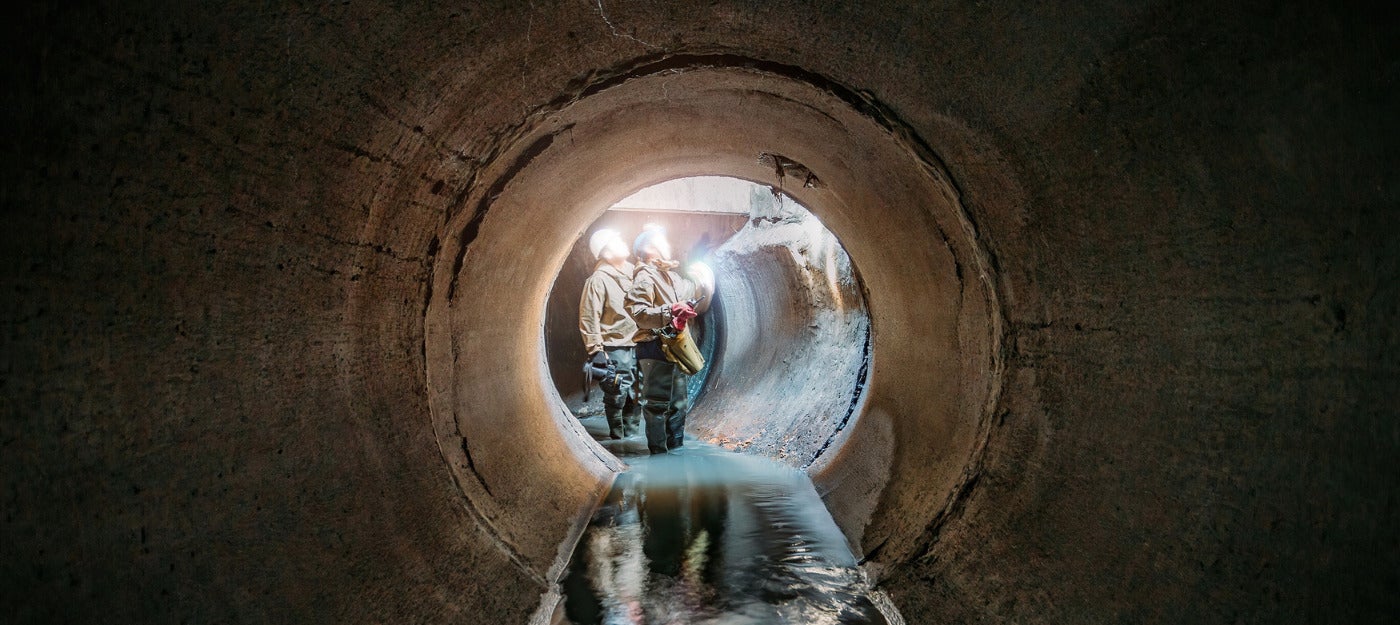Sewer Safety Equipment and Solutions
Sewer maintenance is a critical yet hazardous task, necessitating stringent safety measures and specialized equipment to protect workers from the multitude of risks associated with working in confined spaces. These dangers range from exposure to toxic gases to the risk of drowning or being caught in machinery. Adhering to the Occupational Safety and Health Administration's (OSHA) regulations is paramount to ensuring worker safety.
GET IN TOUCH
Contact us now for expert advice, an immediate quote and same-day shipping
Contact us

Pipeline Safety Equipment and Solutions
The Pipeline and Hazardous Materials Safety Administration (PHMSA) plays a crucial role in setting and enforcing regulations to ensure the safe transport of energy and hazardous materials across the United States.

Microtunneling Safety Equipment for Sewers, Pipelines and Other Infrastructure Projects
Microtunneling operations, while less intrusive on the surface, pose significant risks to operators and the machinery due to the confined spaces, underground uncertainties, and the complex machinery involved.

The Importance of Effective Breathing Air Systems for Confined Spaces
Any operator will know that air quality in tunnelling and mining systems must be closely monitored to ensure the safety of its workers. In addition to potentially dangerous gases, abrasive dust particles are an inevitable side effect of most mining and mineral processing applications.
OSHA guidelines for sewer safety
OSHA has established specific regulations aimed at protecting workers in the water treatment and sewerage industry. These regulations focus on confined space entry procedures, exposure to hazardous gases, and emergency response protocols. Compliance with OSHA standards not only ensures worker safety but also supports operational efficiency by minimizing accidents and associated downtime.
- Confined space entry: OSHA standard 29 CFR 1910.146 mandates that all employers must evaluate their worksites to determine if any spaces are considered confined spaces as defined by OSHA. If such spaces are identified, they must meet specific requirements for permit-required confined spaces.
- Hazardous atmospheres: To prevent accidents related to hazardous atmospheres, continuous air monitoring is required. If toxic substances or oxygen deficiency are detected, immediate evacuation is necessary.
- Lockout/tagout procedures: These procedures ensure that machinery is properly shut off and unable to be started up again prior to the completion of maintenance or repair work, preventing accidental machine start-up.
Sewer safety equipment
To mitigate risks in sewer environments, deploying appropriate safety gear is essential. The following are indispensable tools and equipment for safeguarding workers, so Carroll Technologies has searched the market to find the most reliable manufacturers and robust safety solutions:
Gas detection devices
Portable gas detectors are vital for monitoring the presence of hazardous gases such as hydrogen sulfide, methane, and carbon monoxide. These devices can provide real-time readings and alert workers to potentially life-threatening atmospheres.
Personal protective equipment (PPE)
Depending on the specific tasks and risks, PPE may include waterproof coveralls, gloves, boots, helmets with headlamps, and full-face or half-mask respirators.
Fall protection gear
When there is a risk of falling into the sewer or from heights during access, harnesses and lanyards connected to a secure point are necessary to protect workers from falls.
Communication devices
Effective communication tools, such as two-way radios, are essential, especially in environments where visibility and audibility are compromised.
GET IN TOUCH
Contact us now for expert advice, an immediate quote and same-day shipping
Contact us
Our guarantees
- Same-day dispatch
- 24/7 support
- Authorized repair facilities
- MSHA approved
- Endorsed by manufacturers

